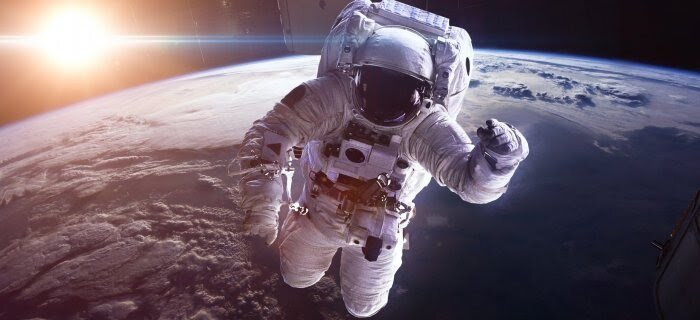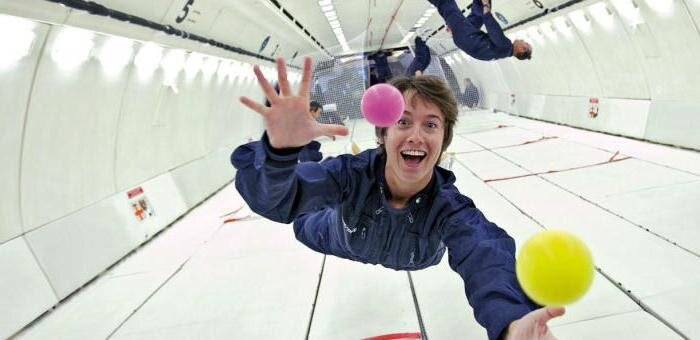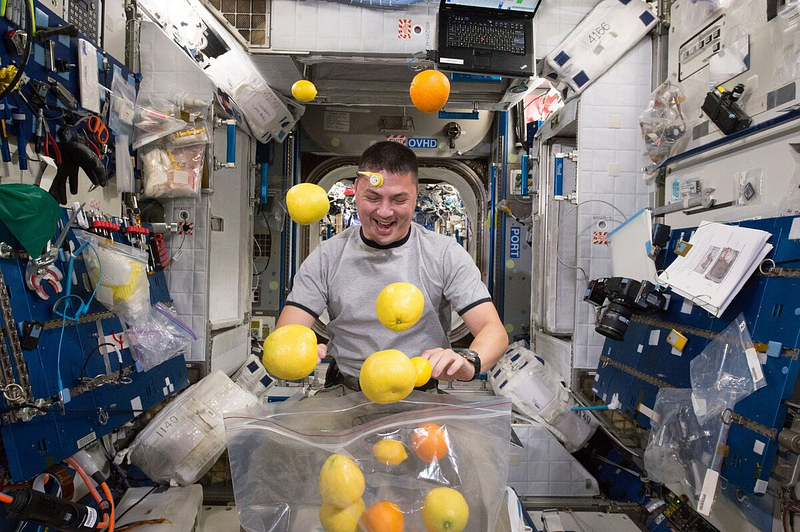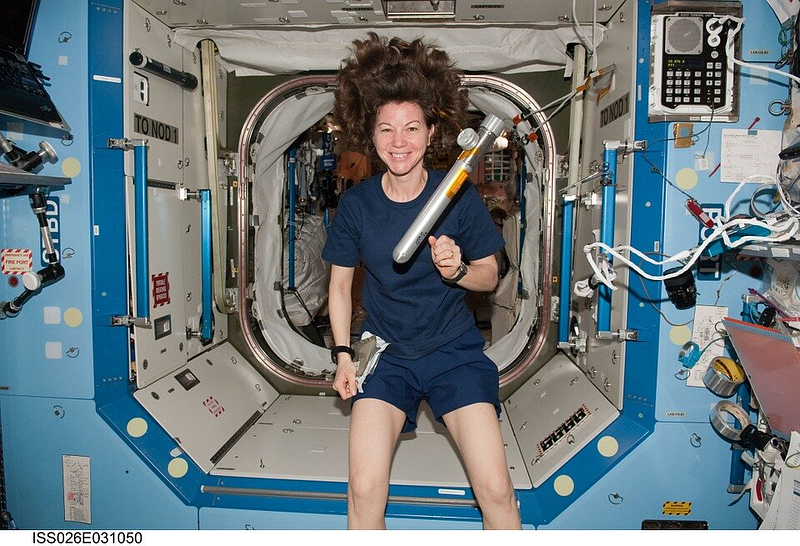The Sensations of Weightlessness: What Astronauts Experience
Written on
Understanding Zero Gravity
Zero gravity refers to a state where an object's weight is either entirely absent or nearly negligible. Astronauts aboard the International Space Station (ISS) endure prolonged periods of weightlessness, but what sensations accompany this experience? Additionally, how does prolonged microgravity affect an astronaut's health?

How Is Weightlessness Achieved?
While astronauts on the ISS encounter microgravity, true weightlessness is unattainable due to Earth's uneven gravitational field, which causes slight accelerations. Achieving a complete state of weightlessness is incredibly challenging; however, the distinction between true weightlessness and microgravity is often imperceptible to humans.
One can experience microgravity without traveling to space by simply jumping out of a plane with a parachute and enjoying the free fall before deploying it—this sensation mimics that felt on the ISS. Astronauts also train using specialized rigs designed for this purpose.
A sounding rocket offers another method to experience microgravity. It ascends to a certain altitude and then descends back to Earth in a parabolic flight path, allowing individuals to experience microgravity for a few minutes—albeit at a steep price, often around 1 million dollars.

For those seeking a more affordable option, a specially designed aircraft provides a similar experience. The plane ascends to a specific altitude and then follows a parabolic path, allowing for about 25 seconds of microgravity. This technique is also utilized during astronaut training.
What Astronauts Experience on the ISS
Human beings are evolutionarily adapted to life under Earth’s gravitational force, which makes the sensation of weightlessness entirely foreign. Consequently, an astronaut will immediately notice something is amiss, and those spending extended periods in microgravity may undergo various physiological changes.

Initially, an astronaut may encounter space adaptation syndrome, characterized by symptoms such as dizziness, nausea, headaches, disorientation, and visual distortions. These effects stem from the vestibular system's inability to function properly in weightlessness, akin to seasickness during tumultuous seas. Thankfully, the body typically acclimatizes to these new conditions within a few days, alleviating these symptoms.
Extended exposure to microgravity can also result in a slight increase in height, as the absence of gravitational pressure allows the spine to elongate. Astronauts may grow 3 to 5 centimeters taller during their missions, though their height returns to normal upon re-entry to Earth. Additionally, bone density may decrease due to the lack of gravitational force, potentially leading to osteoporosis if not properly managed with exercise and medication.

Moreover, the circulatory system is also unaccustomed to weightlessness. In microgravity, bodily fluids redistribute, causing the heart to pump less blood and resulting in atrophy. Increased blood flow to the head can lead to headaches, and the heart may take on a more rounded shape due to pressure changes in its chambers. Muscles also atrophy without regular exercise, which is why the ISS is equipped with various exercise machines that astronauts utilize according to a strict regimen. Additionally, the microgravity environment can negatively impact vision and taste.
Extended periods of weightlessness can profoundly influence an individual's health. Consequently, only healthy, young, and well-trained individuals are selected for missions to the ISS.
Explore the unique sensations astronauts experience in zero gravity aboard the “vomit comet” in this insightful video.
Discover what zero gravity truly feels like in this detailed exploration of microgravity experiences.
If you’re interested in more articles about space, give us a clap!
Subscribe to our channel and feel free to ask any questions; I’ll address them in upcoming articles.
If you appreciate my work, consider supporting me by becoming a Medium member for just $5 a month, helping us create even better content.